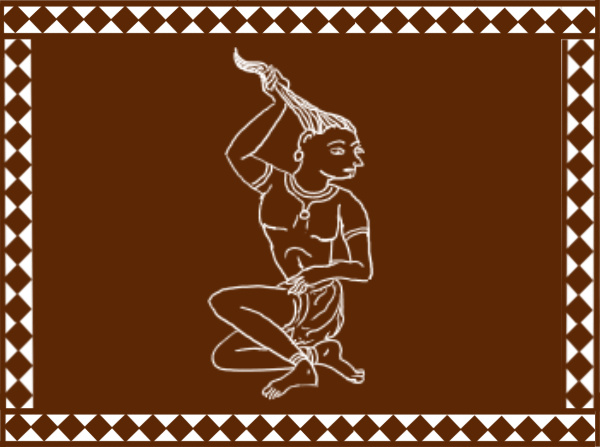
There are some shrines or places in India well known for certain traditions.
For instance, at Tirupathi temple devotees offer their hair to god Balaji, an aspect of Lord Vishnu also known as Srinivas. According to popular belief, people make a wish to the god and vow to offer their hair if the wish gets fulfilled. Scores of devotees thus visit the temple and offer their hair, or tonsure their head as an act of gratitude for the realisation of their wish.
But why offer hair?
In the Venkatachalam Mahatmya there is a story that explains the reason for the tradition of offering hair to god Srinivas at Tirupati.
Once Vishnu and Mahalakshmi had an argument, and Mahalakshmi in a fit of anger left Vaikunth, the abode of Vishnu. Saddened and depressed as he could not bear the loneliness of being in Vaikuntha all by himself, Vishnu came down to the Venktachalam mountains. As he could not find any temple or shrine in the area to rest, he hid in an anthill. A local cowherd used to bring his flock of cows everyday to graze on the Venkatachalam mountain. One of the cows recognised Vishnu hiding in the anthill, and she would come to the anthill and squirt her milk on top of the anthill. Meanwhile the cowherd had noticed that one of the cows was giving less milk. He was convinced that someone was stealing the milk of his cow. One day he decided to follow the cow and saw her releasing her milk on top of the anthill. Thinking that someone was hiding under the anthill cowherd hit the anthill hard with the stick. The stick hit Srinivas who was hiding in the anthill on his head and created a deep wound.
Bakulamati, a devotee of Vishnu recognised Srinivas and immediately prepared a medicinal paste of tree leaves and applied it on his head which was bleeding profusely. The wound eventually healed but Srinivas’s hair did not grow back. From then on, whenever devotees visit Tirupati- Srinivas, they offer their hair to the god in return for his gift of wish-fulfilment.
In Hinduism, Jainism and Buddhism tonsuring of one’s hair symbolises ‘death and rebirth’ and performed during diksha or upanayan sanskar suggestive of new life.
Story collected by Vidya Kamat
Source: as narrated by Pranav Gokhale
Location Andhra Pradesh







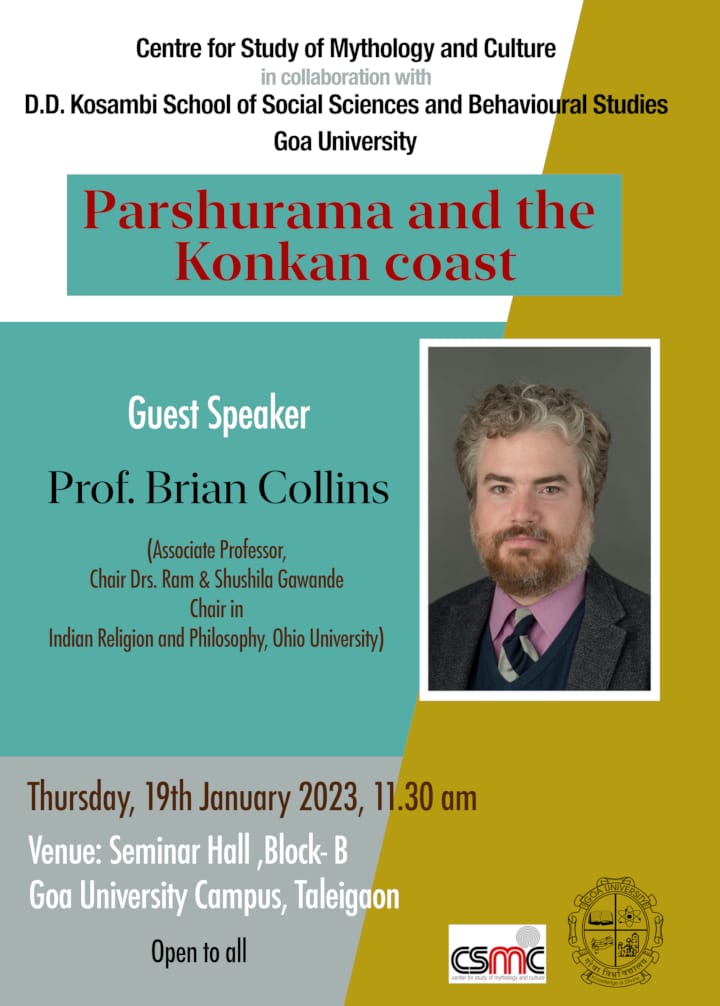
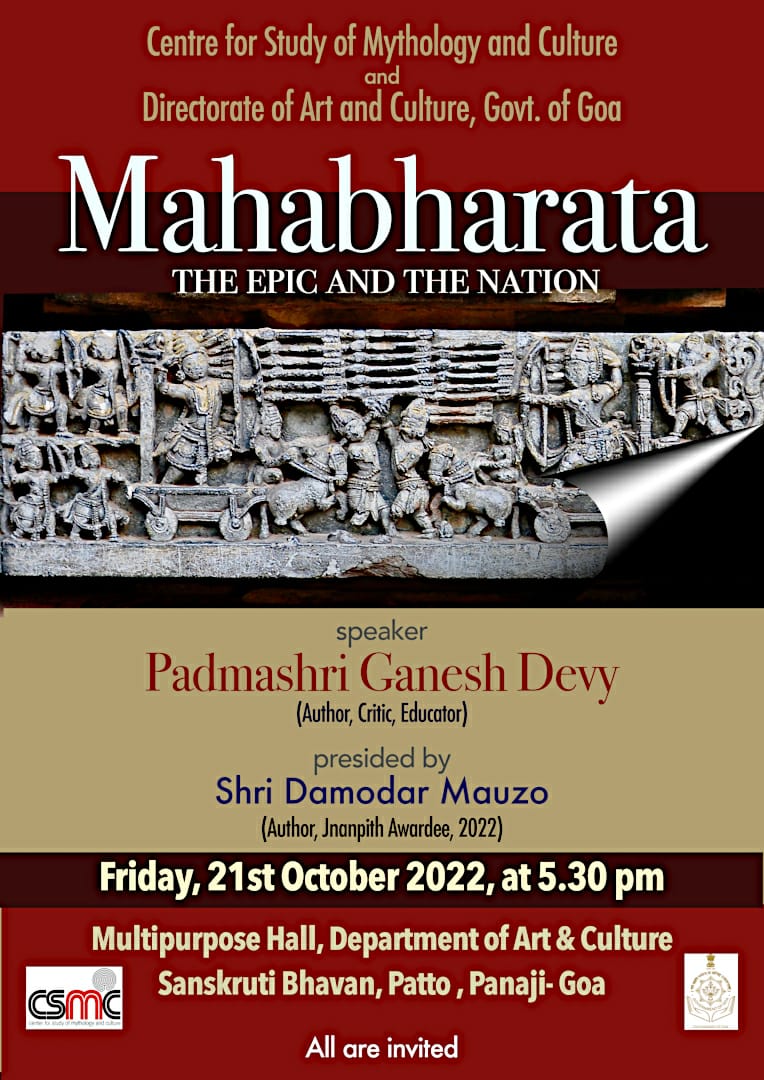
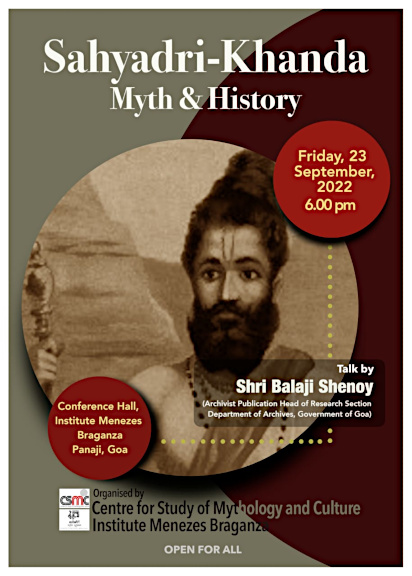
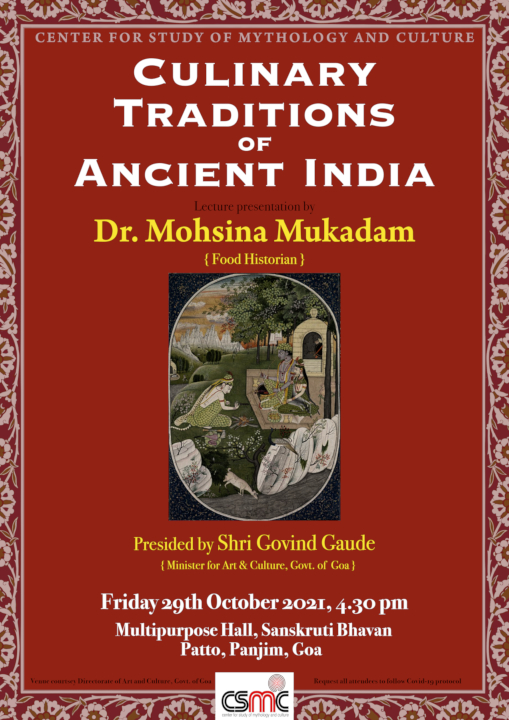

Leave a Comment